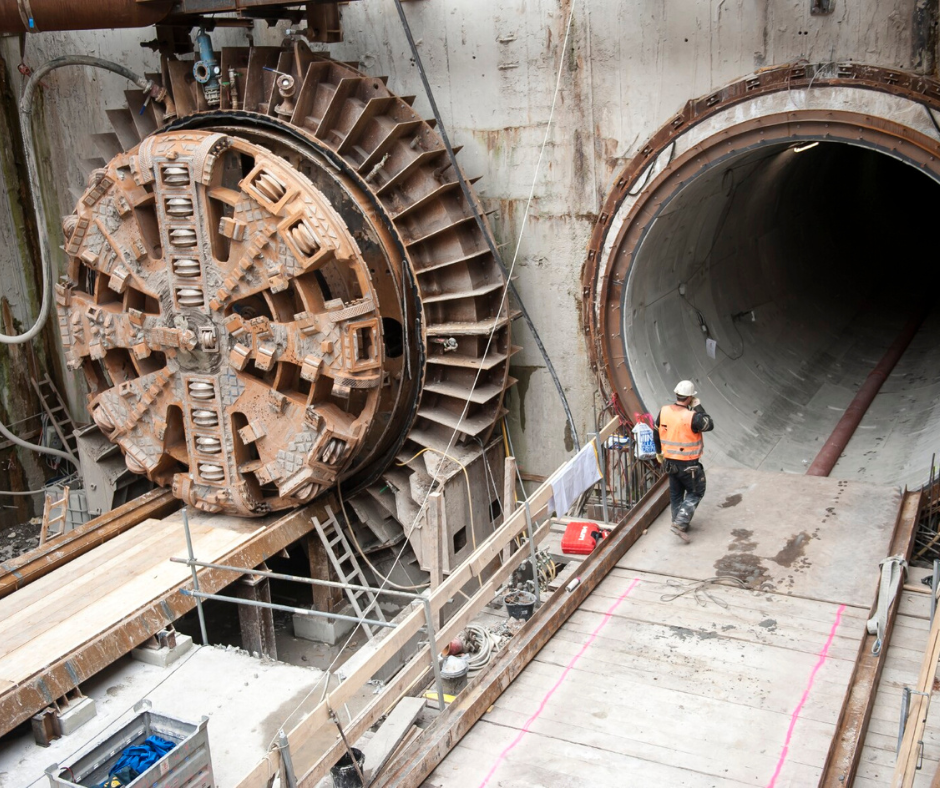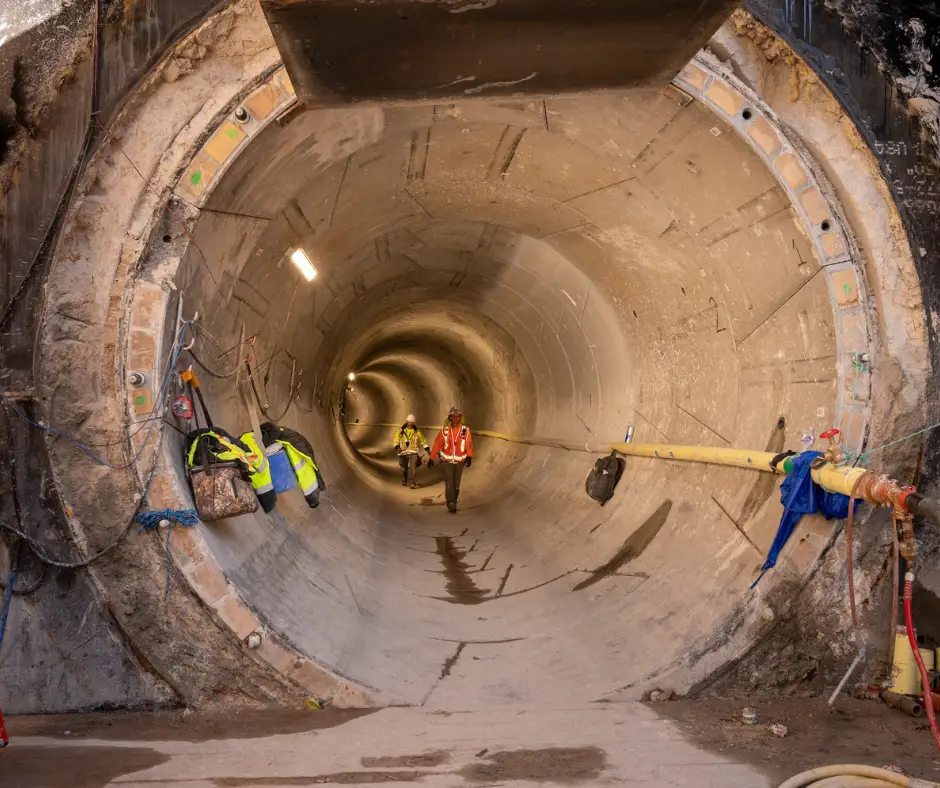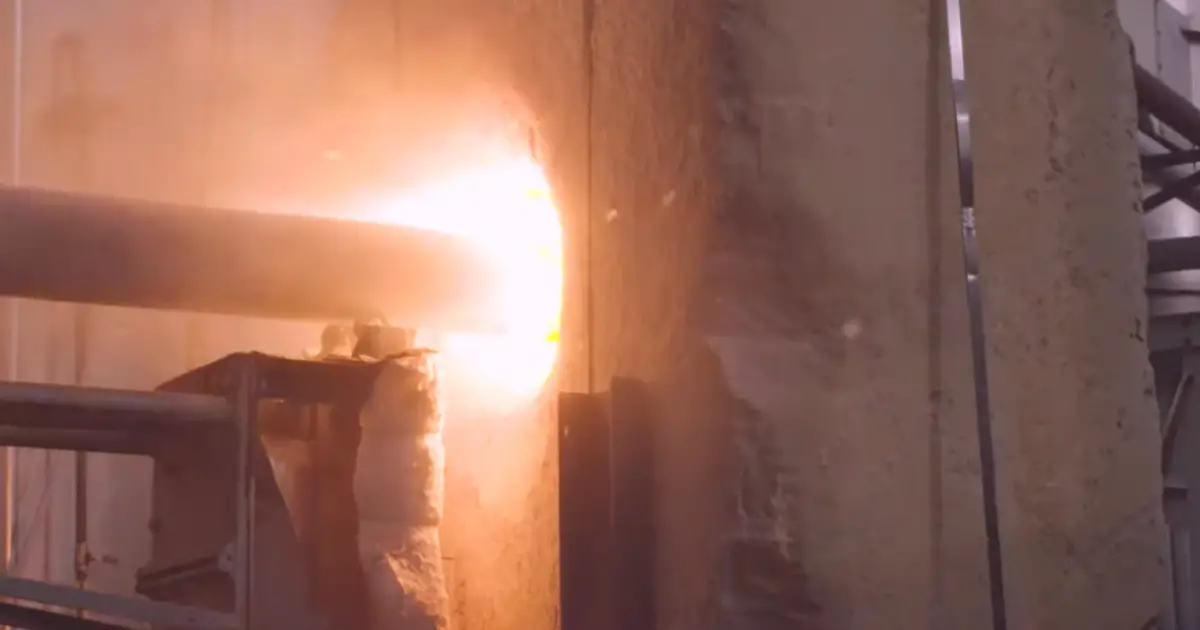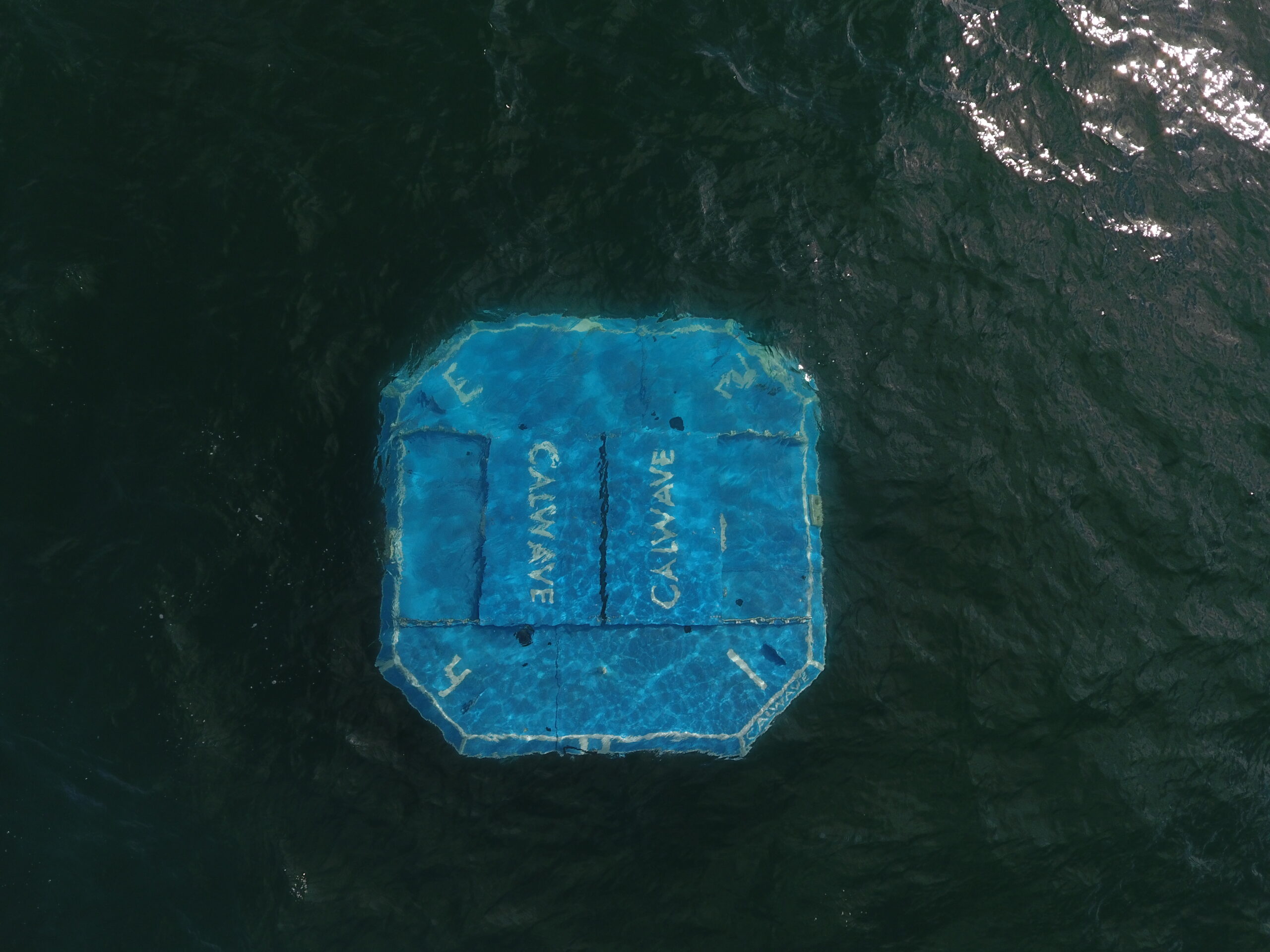A plasma boring robot is a type of automated machine that uses plasma technology to bore or cut holes through materials. Plasma boring robots are commonly used in manufacturing and fabrication industries to create precise and accurate holes in various materials, including metals, plastics, and composites.
Plasma boring robots operate by generating a plasma arc, which is a high-energy electrical discharge that occurs between an electrode and a conductive material.
The plasma arc is directed through a plasma torch, a specialized cutting tool attached to the robot’s end effector (the part of the robot that interacts with the workpiece). As the plasma torch moves along a programmed path, it melts and vaporizes the material, creating a hole or cut.
Earthgrid: The future of tunnel boring
According to a New Atlas story, Earthgrid, a San Francisco-based startup, is creating a plasma boring robot capable of excavating tunnels 100 times quicker and up to 98 percent cheaper than current boring technologies. The business intends to utilize its technologies to rewire the country’s energy, internet, and utility systems.

Fast Boring Machine of Earthgrid
Unlike traditional boring machines, which use big cutting wheels to slowly dig out tunnels, Earthgrid’s robot blasts rocks with high temperatures to break and even vaporize them. This is called spallation.
The machine can run on electricity, which means that it can also be pollution-free depending on where the electricity comes from. Earth grid also says that its system, which doesn’t have to touch the rocks directly as it digs, is so quick and cheap that it will make a lot of new things possible. This means that projects that were once thought to be too expensive will now be possible.
Earthgrid is currently using pre-seed funding to build its “Rapid Burrowing Robot” (RBR), which is a spallation boring robot with several plasma torches that can reach temperatures of up to 27,000°C (48,600°F) and are mounted on large discs.
When the RBR is working, those torches will be lit, and the discs will spin to blast away the rocks in their way. The torches on the discs are set up in a Fibonacci spiral, which means that they get wider as you move away from the center. Small carts are used to collect trash.
Plasma-Boring Robot Benefits
Plasma boring robots offer several benefits over traditional methods of drilling, boring, and cutting holes in materials. Some of the key benefits of plasma boring robots include:
- Precision and accuracy
- Speed
- Versatility
- Flexibility
- Safety
- Consistency
Overall, plasma boring robots offer a highly efficient and accurate solution for creating holes and cuts in a variety of materials, and they are widely used in manufacturing and fabrication industries to improve productivity and reduce costs.

Earthgrid plans to bore tunnels for customers later this year
Earthgrid has sent in a patent for its machine, which includes estimates of how much energy is needed to power those torches. On the low-power setting, a version of the RBR with 72 plasma torches would need about 40 megawatts of electricity to drill a 1-meter (3.3-foot) hole.
If the operators want to go faster, they must use the high-power setting and draw 120 MW at all times. All of that was for a barely big hole to fit a person. Earthgrid says that for big tunnels, big rigs would have to be attached to the back of the BRB, which would use up about 1.38 gigawatts of power.
Earthgrid says that a high-speed setup can tunnel up to 1 kilometer (0.62 miles) per day. This is about 100 times faster than the systems currently in use.
As a point of reference, Elon Musk’s Boring Company’s porpoising Prufrock mechanical tunneling machine digs about 0.24 km (0.15 miles) per day. But the Boring Company has said it wants Prufrock to be able to dig about 1.13 km (0.7 miles) per day by the end.
Cost Issue
The cost is another issue. Earthgrid’s website says, “We are so much cheaper because we have much lower operating costs (no need to change drill bits and cutter heads multiple times a day, much lower energy use, robotics means far fewer workers, no drilling mud and/or drilling chemicals to get rid of, easier spoils removal, selling our spoils to make roads and concrete, etc.).”
The company says that a low-cost BRB configuration could cost about $300 per 3.3 feet (1 meter) of the tunnel. But because the energy needs change a lot depending on the configuration, it’s likely that the costs will also change a lot from project to project.
Earthgrid is now getting ready for a round of seed funding. It has to deal with competition from Petra, which is also making a robot that can drill through plasma. Troy Helming, the CEO of Earthgrid, said in a LinkedIn post that the company hopes to “be boring tunnels for customer revenue by the end of this year.”





